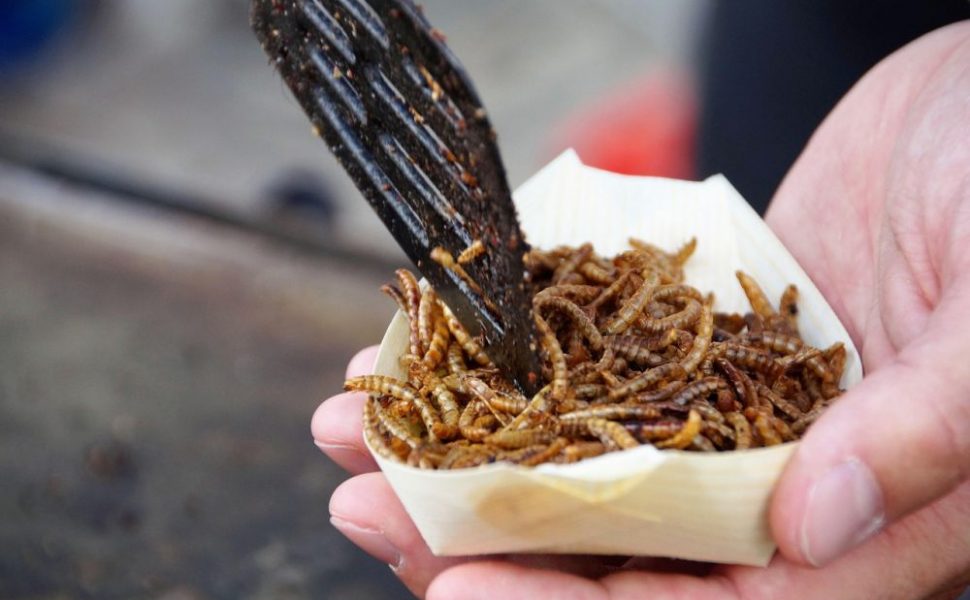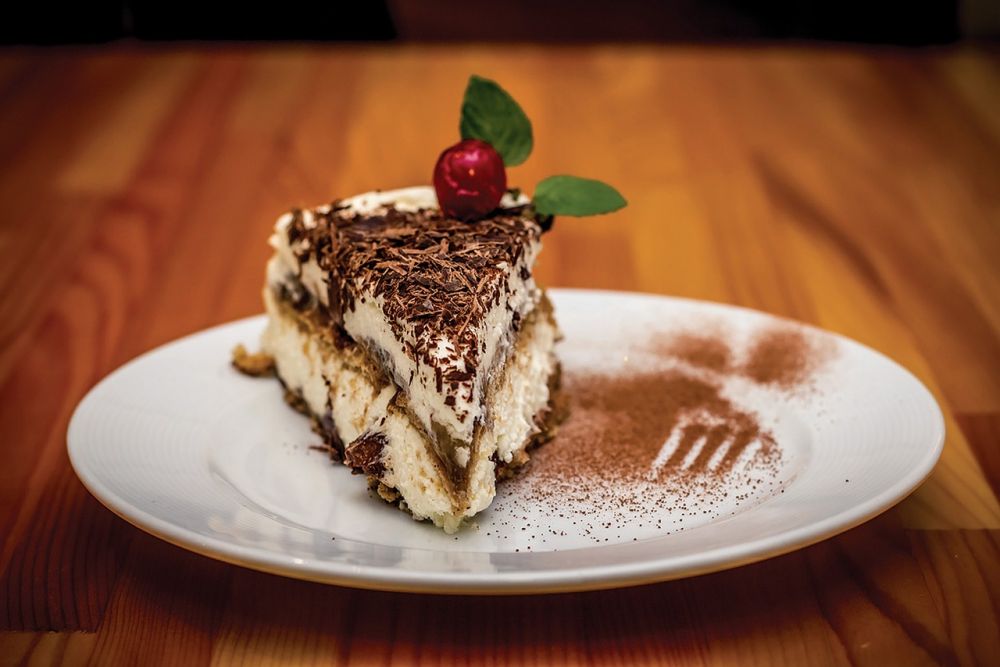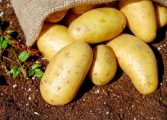Pasta Chips: Exploring the Crunchy Delights of Italian Pasta Snacks

Introduction:
The crispy snack world has recently witnessed the rise of a unique and delectable treat pasta chips. These thin and crunchy delights have been gaining popularity among food enthusiasts everywhere. In this article, we will delve into the world of pasta chips, providing a comprehensive overview of what they are, the various types available, their popularity, and the differences that set them apart. Additionally, we will explore the historical journey of pasta chips, discussing their pros and cons, and presenting quantitative measurements to enhance your understanding of these tantalizing snacks.
1. An overview of pasta chips:

Pasta chips are a crunchy snack made from Italian pasta. Traditionally, pasta chips are prepared by frying strips or shapes of pasta until they become golden and crispy. These snacks provide a unique and enjoyable crunch and can be flavored with a variety of seasonings, elevating their taste to new heights.
2. Presentation of pasta chips:
There exists a wide range of pasta chips, each offering its distinct texture, flavor, and shape. Some popular varieties of pasta chips include:
a) Penne chips: Penne pasta, known for its cylindrical shape with angled ends, is transformed into crispy chips that hold their shape well and create an enjoyable snacking experience.
b) Fusilli chips: These chips are made from twisted pasta spirals, providing a fun and visually appealing snack option, perfect for dipping.
c) Farfalle chips: Farfalle, also known as bow-tie pasta, is turned into delicate and crunchy chips with a unique butterfly shape, adding a touch of sophistication to the snack.
d) Rigatoni chips: Rigatoni, characterized by its wide diameter and ridged texture, is an ideal pasta choice for creating chips that possess a satisfying crunch combined with a delightful mouthfeel.
Quantitative measurements of pasta chips:
Quantitative measurements reveal valuable information about the nutritional content and portion sizes of pasta chips. On average, a serving of pasta chips (approximately 1 ounce or 28 grams) contains around 130-150 calories, 6-8 grams of fat, and 2-3 grams of protein. However, it is important to note that these measurements may vary depending on the brand and preparation method. Additionally, pasta chips tend to have a low sodium content compared to other savory snacks, making them an appealing option for health-conscious individuals.
Differences between pasta chip varieties:
Each type of pasta chip has its unique characteristics that differentiate it from others. The primary distinctions lie in the shape, texture, and overall mouthfeel. For instance, penne chips offer a sturdier crunch due to their cylindrical shape, while farfalle chips are delicate and provide a satisfying snap when bitten into. The variations in shape and texture allow for an exciting exploration of flavors and textures with each chip.
Historical journey of pasta chips:
The origin of pasta chips can be traced back to Italy, where it is believed that the concept of frying pasta for a crispy snack emerged. Historically, pasta chips were created as a way to repurpose leftover pasta, transforming it into a delightful treat. Over time, this concept gained popularity, and various techniques and flavor combinations were developed, leading to the creation of the versatile pasta chips we know today.
Pros and Cons of pasta chips:
Pros:
1. Crunchy satisfaction: Pasta chips offer a satisfying crunch that can be deeply satisfying to snack enthusiasts.
2. Versatility: The variety of shapes, flavors, and seasonings available allow for a personalized snacking experience.
3. Repurposes leftovers: Pasta chips can be a creative way to use leftover pasta, minimizing food waste.
Cons:
1. Caloric content: Like most fried snacks, pasta chips can be high in calories, making portion control important for those watching their intake.
2. Limited availability: While pasta chips are gaining popularity, they may not be as readily available as traditional potato or corn-based chips.
3. Fragility: Pasta chips, especially the delicate varieties, are prone to breakage, requiring careful handling and packaging.
[Insert video here showcasing the making of pasta chips]
Conclusion:
Pasta chips have forayed into the snack world, offering food enthusiasts a delightful and crunchy alternative to traditional chips. From their origins in Italy to the diverse range of flavors and shapes available today, pasta chips continue to captivate taste buds worldwide. While they come with their pros and cons, there’s no denying the unique satisfaction that these crispy delights bring. Whether you enjoy them as a standalone snack or pair them with your favorite dips, pasta chips are a must-try for culinary adventurers looking to elevate their snacking experience.
















































